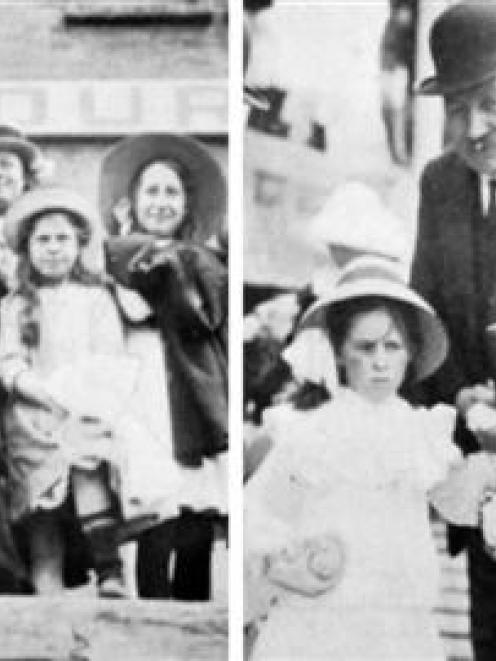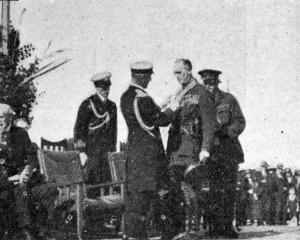
The road of journalism in Wellington has proved harder than in any of the other principal centres in New Zealand.
It is strewn with the wreckage of ventures that came to grief, partly, perhaps, because the capital of the proprietors was insufficient for the business in which they had embarked, partly, perhaps, because they were born before their time, partly because their management was inefficient and unskilful, always because public support was not extensively accorded to them.
The Evening Post succeeded where others failed, and it occupies a position to-day to which the motto of the city of Wellington may not inappropriately be applied - ''Suprema a situ.''
It celebrated its jubilee by the publication of a special supplement, which contains an interesting record of the progress of Wellington during the 50 years of its existence.
• About the time that this present year runs to its close it will be possible to take a train at Brisbane and travel by rail all the way to Kalgoorlie, a distance of 5000 miles.
The completion of the Transcontinental line will provide the principal and most extended link in this chain of steel enfolding practically half the continent between its terminals.
Unfortunately, the comfort and convenience of passengers by rail will be greatly affected by breaks of gauge and consequent changes from train to train as the differing systems of the various States are reached.
But having passed Adelaide going west and leaving Port Augusta behind when travelling east, the passenger will have a clear and almost straight run across 1060 miles of country.
This stretch of line will be the Transcontinental Railway of the commonwealth, the East-West line as it is more often called.
The line was the vision of Sir John Forrest, that pioneer of the West, and several others, many years ago, but the first practical step was taken in 1907, when under an Act of the commonwealth Parliament £20,000 was appropriated for the purpose of surveying a route for a railway between Kalgoorlie and Port Augusta.
In the following year survey was undertaken, and the second definite move was made when the House of Representatives put through a Bill providing for the construction of the railway.
The first sod was turned at Port Augusta in September, 1912.
• The first show held under the auspices of the Alexandra Horticultural Society took place in the Town Hall.
Doubt had been expressed as to the likelihood of success owing to the bad season, but the show turned out an unqualified success, and not only were there a large number of entries, totalling over 500, but also a splendid variety of entries, and a large attendance of the public.
The show was opened by Mr Davidson (president), who apologised for the unavoidable absence of his Worship the Mayor. - ODT, 11.2.1915.
• COPIES OF PICTURE AVAILABLE FROM ODT FRONT OFFICE, LOWER STUART ST, OR WWW.OTAGOIMAGES.CO.NZ












